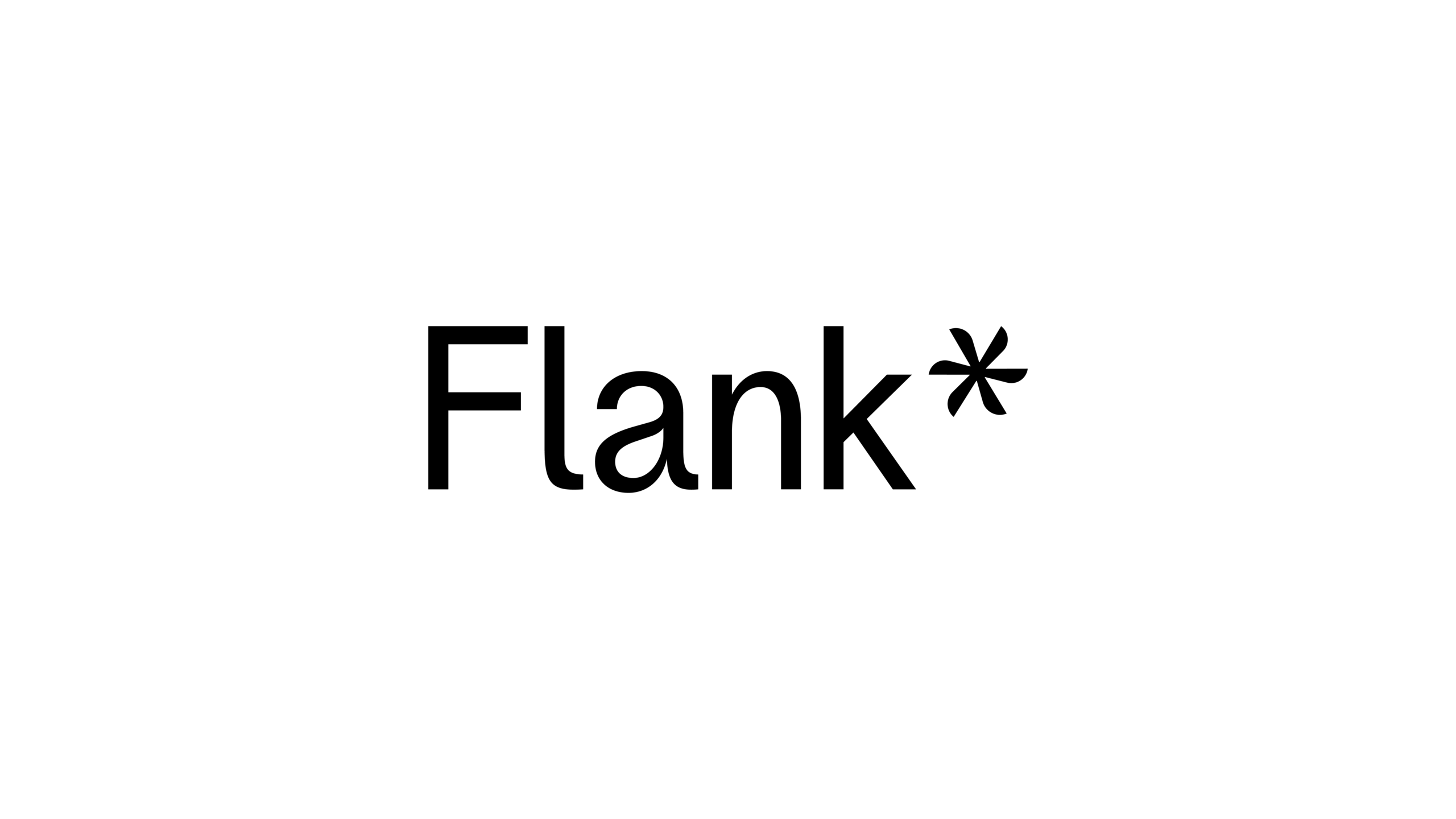
Companies that crack the SaaS growth elixir can raise in public markets and IPO. Despite a backdrop of slowing growth in many regions and market sectors, SaaS businesses continue their strong upward trajectory. A decade into strong SaaS performance in public markets, we want to understand how the core growth elements of IPO-stage companies compare with the trends that we see in private markets.
While each public company has a micro story, a few macro trends emerge. Below are four trends that we observed when comparing cohorts of companies from 2012 to 2019 at the time of IPO.
Background
We compared 67 IPOs between 2012 and 2019 to-date.
The basic context on SaaS IPOs has been well covered in software industry literature:
- Returns: The portfolio has impressive returns with a median IRR of 40%. SaaS and the broader software category have had strong performance. Since 2013, an index1 of cloud companies is up ~490% vs. the S&P’s increase of ~80% during the same period.
- Volume: Volume is relatively consistent at 7 - 10 SaaS IPOs annually since 2012 (2018 was a notable outlier with 15 SaaS IPOs).
- Scale: Defined as revenue size at IPO, scale has crept up. Notably 6 companies – CrowdStrike, DocuSign, Dropbox, Pivotal, Slack, Zoom - projected more than $450M in NTM revenue at IPO and all went public in 2018 and 2019. To control for size in our subsequent analysis, we have excluded these companies.2
- Valuations: These have expanded with NTM Revenue Multiples3 at IPO increased ~35% in 2018 and ~65% in 2019YTD.
As growth-equity investors and scale-up partners, Insight Partners is most interested in the essential growth elements of ARR Growth4, Sales Efficiency5 and R&D Investment. These growth elements correlate strongly to valuation in public (and private) markets. In other words, businesses with fast growth, that also spend less to acquire an incremental dollar of revenue relative to peers, receive higher valuations and are more profitable.
The cost of growth has been rising but the tide could be turning in 2019
1) ARR Growth is steady.
At IPO, SaaS businesses, on average, are maintaining 50% or greater annual growth at scale. ARR Growth indicates the momentum of the business and is one signal of market potential.
2) Sales efficiency has declined but increasing in 2019’s IPO cohort.
Sales efficiency, on average, declined from ~0.65 to ~0.45. The 2019 IPO Cohort – PagerDuty, Zoom, Fastly, CrowdStrike, Slack – all have stronger sales efficiency that recent cohorts. These businesses also purport to have annual net dollar retention rates of ~140% (though definitions are not consistent).
Sales efficiency tracks the health of the go-to-market engine encompassing not only the land and expand sales motion, but also renewals. Because sales efficiency combines both acquisition and retention trends, it is hard to interpret in isolation. A decline in sales efficiency undoubtably reflects retention dynamics (gross and net), product types, competition in the SaaS marketplace, and much more.
We will dissect our hypotheses about 2019’s sales efficiency in future posts: is the 2019 cohort’s increase in sales efficiency the new normal or an aberration?
We are seeing an increase in acquisition costs in our private company datasets, similar to the public trend prior to 2019.
3) Sales & Marketing investment has increased.
Sales & Marketing investment has at least 15% to 70-80%. To buy growth rates in an environment of declining sales efficiency, the “Math of SaaS” requires the investment in sales and marketing teams to increase.
4) R&D investment has increased.
R&D investment, a proxy for product and innovation investment, has also increased from ~20% of revenue to ~30% of revenue. Like sales efficiency, we can rattle off countless hypotheses as to why – could it be the fierce competition for developer and product talent, particularly in tech hubs, the need for innovation to keep ahead of strong market competition, the increasing demands for product functionality from customers or, more likely, a combination of all these.
Conclusion
In today’s environment, the average SaaS business at IPO has the following growth elements:
- ARR Growth > 50%
- Sales Efficiency > 0.5
- S&M Spend > 55%
- R&D Spend > 30%
Stayed tuned as we continue to deconstruct these trends in future posts.
Want to know where your business ranks?
Insight Partners has a Periodic Table of SaaS Financial & Operating Metrics which deconstructs key SaaS metrics in more detail. Explore our Periodic Table to understand how your business ranks relative to best-in-class private and public SaaS companies.
1 The BVP Nasdaq Emerging Cloud Index
2 Solarwinds, which re-listed in 2019, was also excluded as this was not the company’s first public offering.
3 NTM Revenue Multiple is TEV / NTM Revenue based on consensus estimates.
4 Annual recurring revenue
5 Sales efficiency measures the incremental revenue from sales and marketing investment. For example, if a business spends $10M on sales and marketing to add $10M in net-new ARR, the sales efficiency is 1.0 or $10M net-new ARR divided by $10M sales & marketing investment. Sales efficiency tracks the health of the go-to-market engine encompassing not only the land, expand but also renew.
6 2012 cohort n = 9, 2013 cohort n= 7, 2014 cohort n = 10, 2015 cohort n = 8, 2016 cohort n = 6, 2017 cohort n = 8, 2018 cohort n = 11, 2019 cohort n = 2; full list of companies in each cohort at the end of the article












